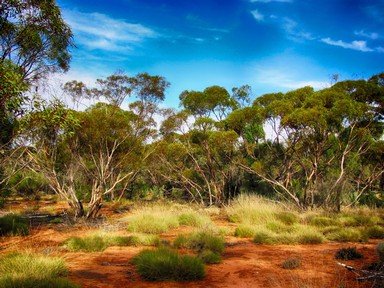Quiz Answer Key and Fun Facts
1. This is a male mudlark, and is known by several other names. Mudlarks are common over most of Australia, but what relatively uncommon idiosyncrasy do they have?
2. What sort of bird is this, that will remind you of an occupation?
3. This spectacular bird is the king parrot. What is its conservation status?
4. This is a pigeon, but what type?
5. This water bird is closely related to the Eurasian coot, however, it has a red beak instead of the white beak of the overseas version. What is it known as in Sydney, Australia?
6. These handsome birds are Australian pelicans. They have a voracious appetite, but do they only eat fish?
7. What is the name of this small cockatoo?
8. This bird is found over most of the country, and goes by two different names. One of these names is masked lapwing, but what is the other name?
9. This is a gull, but I guess you worked that out. What sort of gull is it?
10. The Australian wood duck has the scientific name of Chenonetta jubata. What does the Latin word 'jubata' translate to?
Source: Author
ozzz2002
This quiz was reviewed by FunTrivia editor
rossian before going online.
Any errors found in FunTrivia content are routinely corrected through our feedback system.

